The digital revolution has transformed how we approach education, and the realm of art instruction is no exception. Online art courses have evolved from simple video tutorials to sophisticated, immersive experiences that engage learners in ways previously unimaginable. As technology advances, educators and designers are exploring new frontiers in immersive learning, creating virtual environments where students can not only observe but actively participate in the creative process.
Traditional art education often relied on physical presence – the smell of paint, the texture of paper, the immediate feedback from an instructor. While these elements remain invaluable, digital platforms are now bridging the gap between physical and virtual learning spaces. Through high-definition demonstrations, interactive tools, and virtual reality applications, students can experience art creation with remarkable fidelity. The screen becomes not just a window for observation, but a dynamic canvas for participation.
What makes these new online art courses truly revolutionary is their ability to create psychological immersion. When designed effectively, digital art instruction can induce a state of flow similar to that experienced in physical studios. Advanced platforms incorporate elements like real-time instructor feedback, peer collaboration spaces, and even haptic feedback devices that simulate the resistance of brush on canvas. This multisensory approach helps overcome the traditional limitations of screen-based learning.
The pandemic accelerated adoption of these technologies, but their staying power comes from genuine pedagogical advantages. Students in remote locations now access instruction from world-class artists. Those with physical limitations find new ways to create. Busy professionals can fit lessons into irregular schedules without sacrificing quality. The democratization of art education through these platforms represents one of the most significant developments in creative instruction in decades.
Critics sometimes argue that digital art instruction lacks the tactile authenticity of traditional methods. However, innovators in the field are addressing these concerns through hybrid models. Some courses ship physical materials to students while providing digital guidance. Others use augmented reality to project instructional elements onto physical workspaces. The most successful programs recognize that technology should enhance rather than replace fundamental artistic experiences.
Assessment and feedback mechanisms in online art education have seen particular innovation. Artificial intelligence now provides instant analysis of technical elements like composition and color theory, freeing instructors to focus on conceptual development. Digital portfolios allow for longitudinal tracking of skill development, while blockchain technology enables secure credentialing of completed coursework. These advancements create robust learning pathways that rival traditional art school curricula.
The social dimension of art education has also found expression in digital formats. Virtual critique sessions, global collaborative projects, and online exhibition spaces foster community among distributed learners. These interactions often prove more inclusive than traditional classroom settings, giving voice to students who might hesitate to speak up in physical environments. The result is a vibrant, global artistic dialogue that transcends geographical boundaries.
Looking ahead, emerging technologies promise to further blur the lines between physical and digital art instruction. Haptic gloves may soon replicate the exact pressure of a charcoal pencil. Virtual reality could enable life-drawing sessions with models from around the world. Machine learning might offer personalized style development suggestions based on analysis of a student's entire portfolio. The possibilities are as limitless as the creative potential they seek to nurture.
For educators designing these experiences, the challenge lies in balancing technological possibilities with artistic fundamentals. The most effective courses maintain focus on core principles of observation, technique, and creative expression while leveraging technology to remove barriers to learning. Successful programs don't just teach art through digital means – they teach the art of digital creation itself, preparing students for creative careers in an increasingly virtual world.
As with any educational innovation, quality varies widely across platforms. The best online art courses share certain characteristics: clear learning pathways, credentialed instructors, opportunities for authentic critique, and integration with professional artistic communities. Savvy students should look for programs that offer not just technical instruction, but cultivation of artistic voice and vision – the true marks of meaningful art education in any medium.
The evolution of online art instruction reflects broader changes in how we learn and create. Just as the invention of oil paints or photography expanded artistic possibilities, digital learning tools are opening new avenues for creative development. These platforms aren't replacing traditional art education so much as redefining what's possible, making high-quality artistic instruction more accessible than ever before in human history.
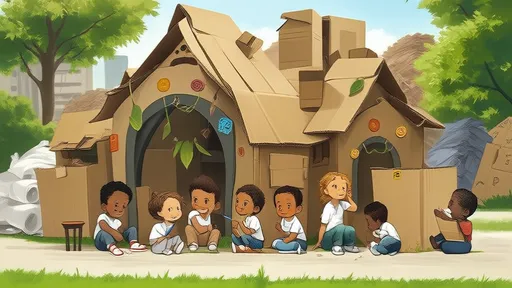
By /Jul 9, 2025
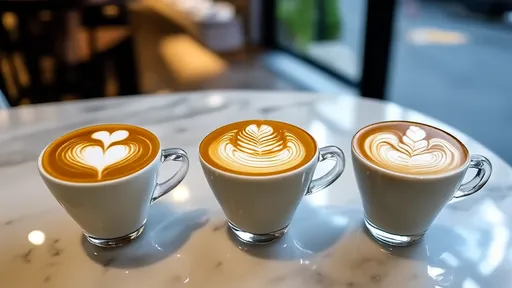
By /Jul 9, 2025
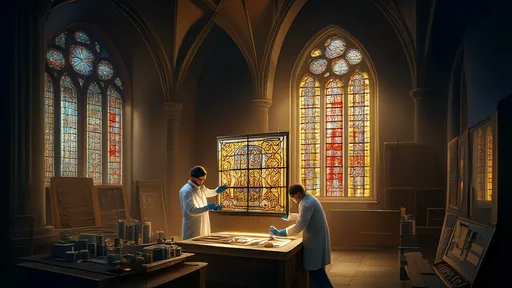
By /Jul 9, 2025
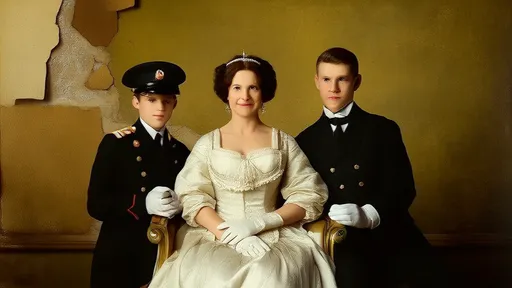
By /Jul 9, 2025
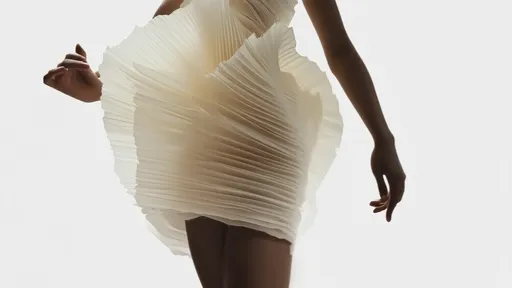
By /Jul 9, 2025
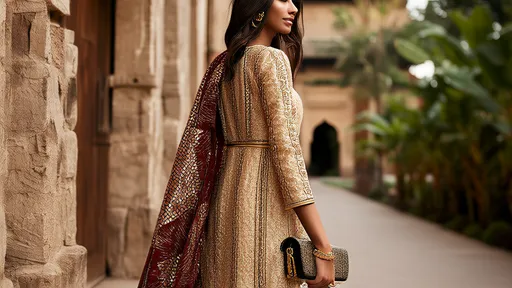
By /Jul 9, 2025

By /Jul 9, 2025
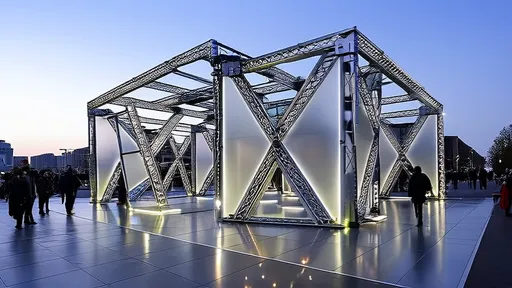
By /Jul 9, 2025
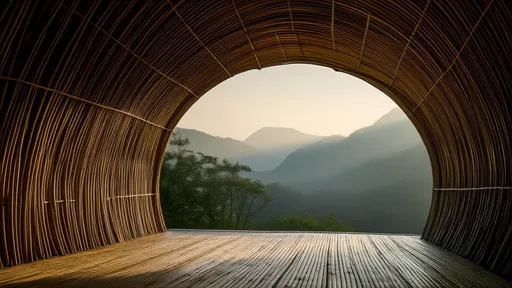
By /Jul 9, 2025
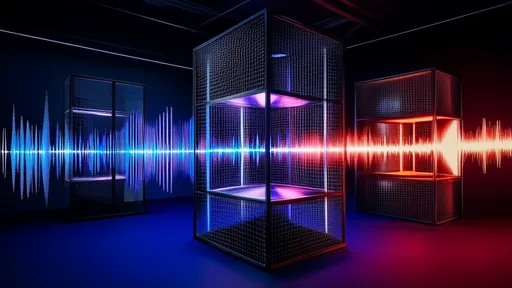
By /Jul 9, 2025
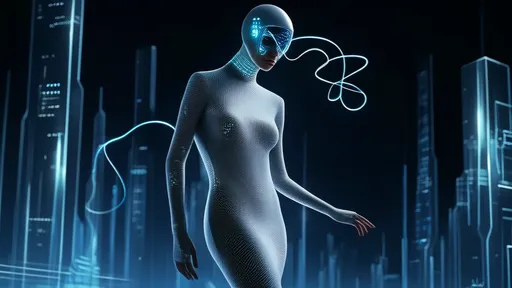
By /Jul 9, 2025
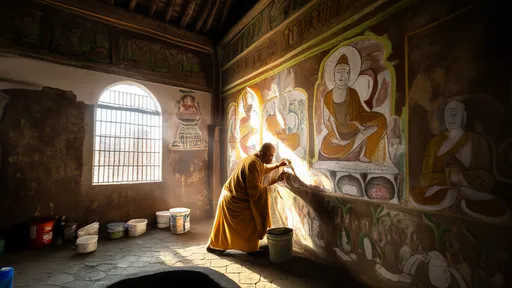
By /Jul 9, 2025
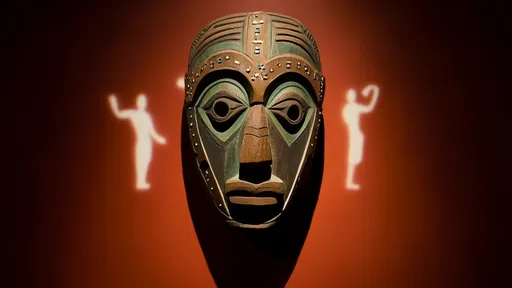
By /Jul 9, 2025
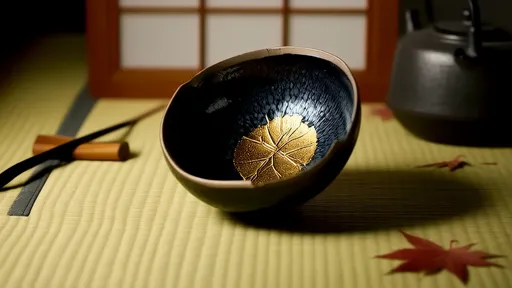
By /Jul 9, 2025
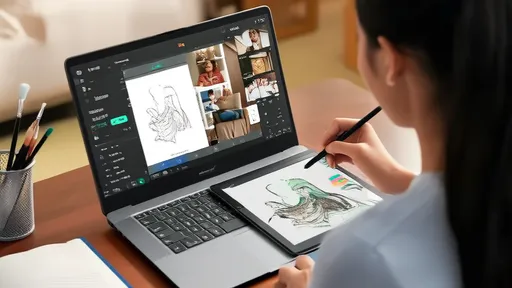
By /Jul 9, 2025
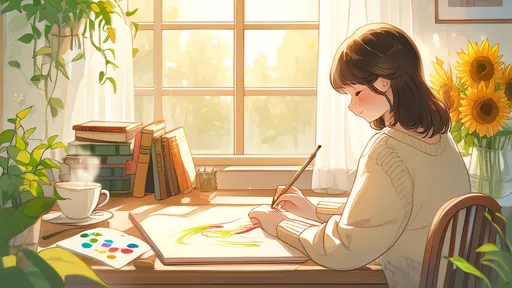
By /Jul 9, 2025
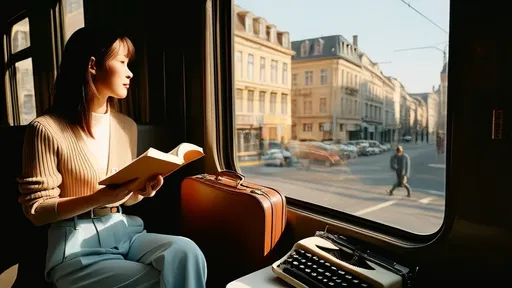
By /Jul 9, 2025
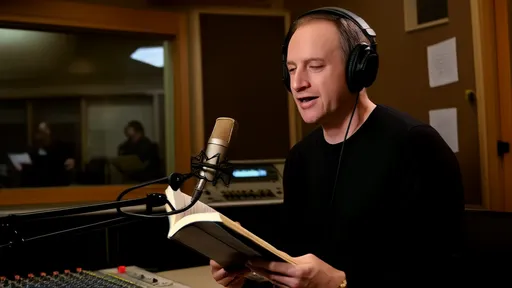
By /Jul 9, 2025